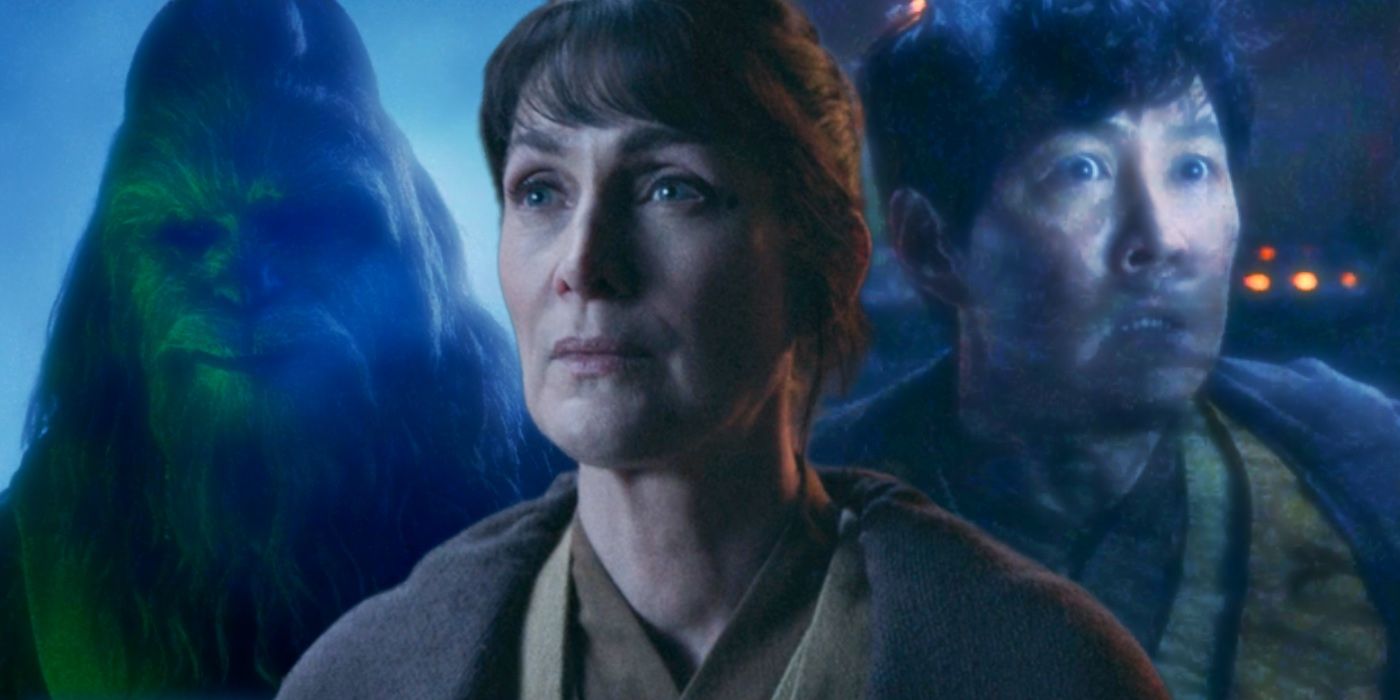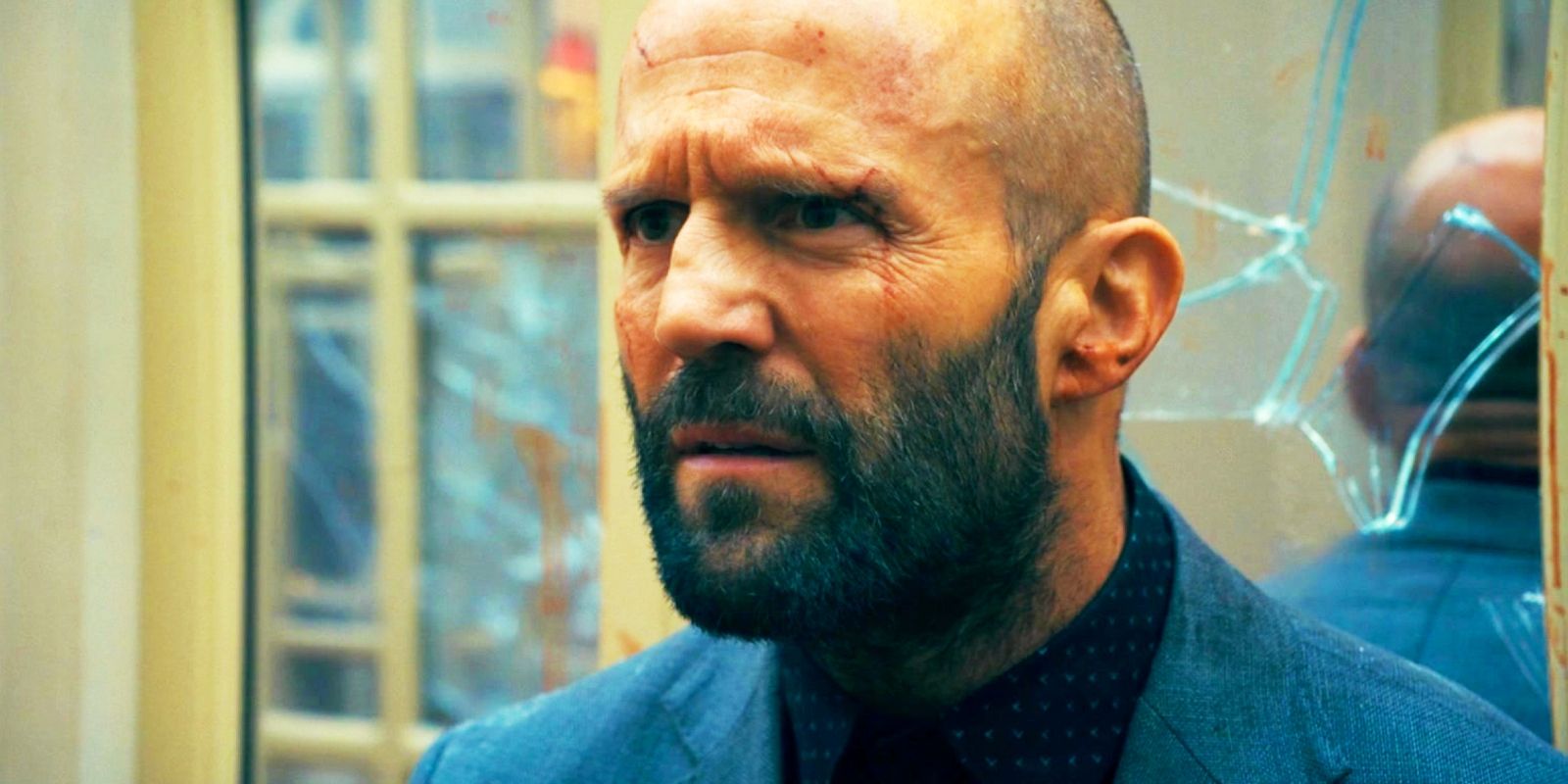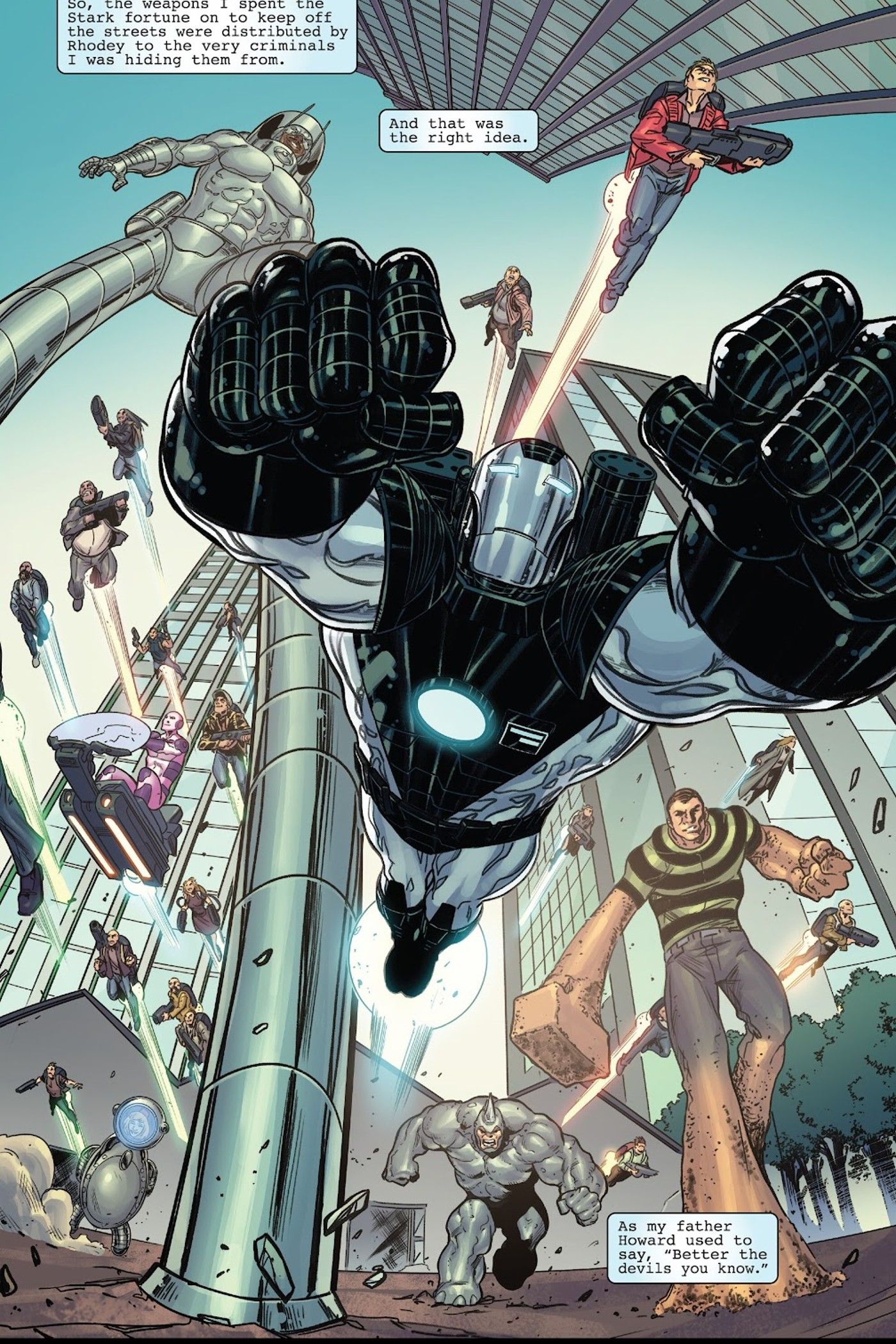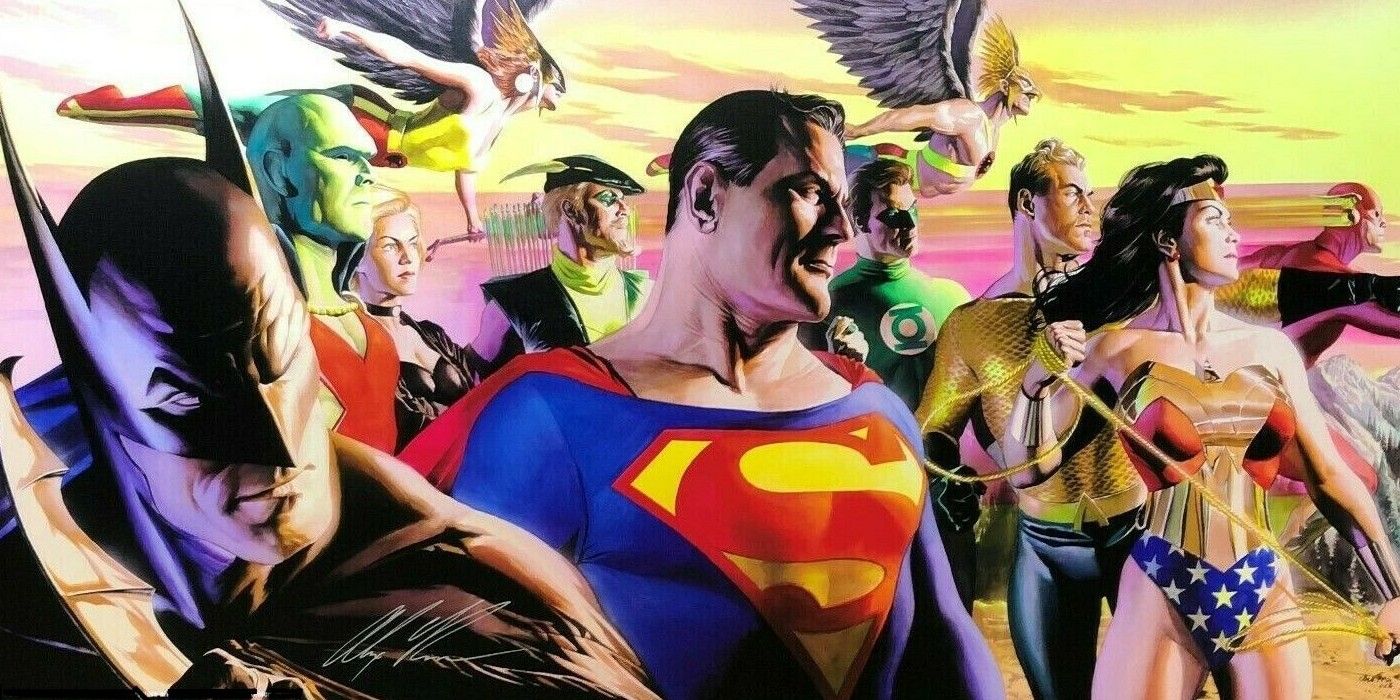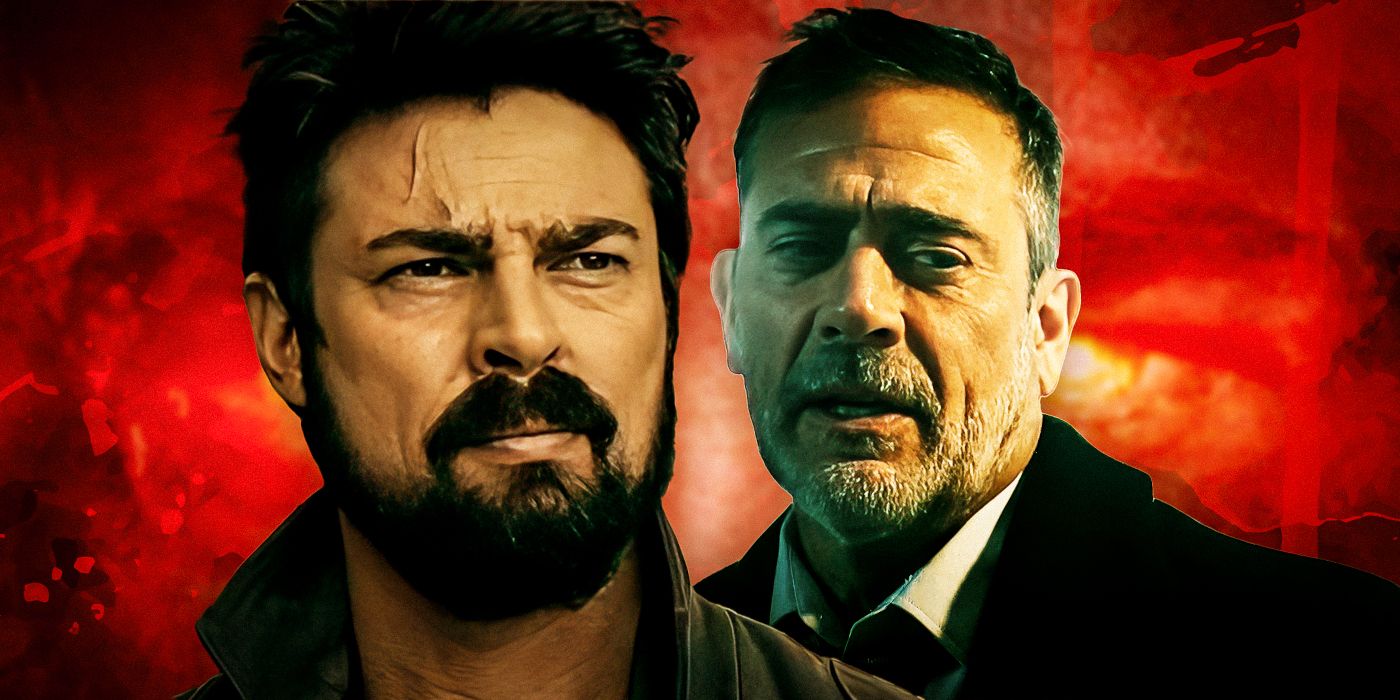Scream gets a lot of credit for kickstarting the modern meta slasher trend, but the final A Nightmare on Elm Street sequel, Wes Craven’s New Nightmare got the ball rolling and helped make a project like Scream possible.
Wes Craven’s A Nightmare on Elm Street was a massive success, but the sequels diluted the brand, so Craven had an unconventional approach to fix and end the series. Wes Craven’s New Nightmare’s story revolves around Heather Langenkamp, playing herself, as she’s offered a pitch for a new Nightmare on Elm Street sequel (from both Wes Craven and New Line Cinema’s Bob Shaye, no less). New Nightmare goes on to explore the idea that the new Nightmare on Elm Street sequel they’re making is actually giving Freddy Krueger enough agency to enter the real world and cause more danger than he’s ever managed before.
What’s so impressive about Wes Craven’s New Nightmare is that it’s a horror sequel about the production of a horror sequel that actually has a conversation about the slasher movie sub-genre and their seemingly endless sequels. Craven talks explicitly in the film about the dangers of extending a story past its expiration date, and how desires to make something more mainstream and palatable can be as much of a death sentence than a failed sequel. This idea seemed outrageous upon New Nightmare’s release, but the concept’s popularity would go on to fuel the entire Scream franchise.
How New Nightmare Reinvented Freddy Krueger
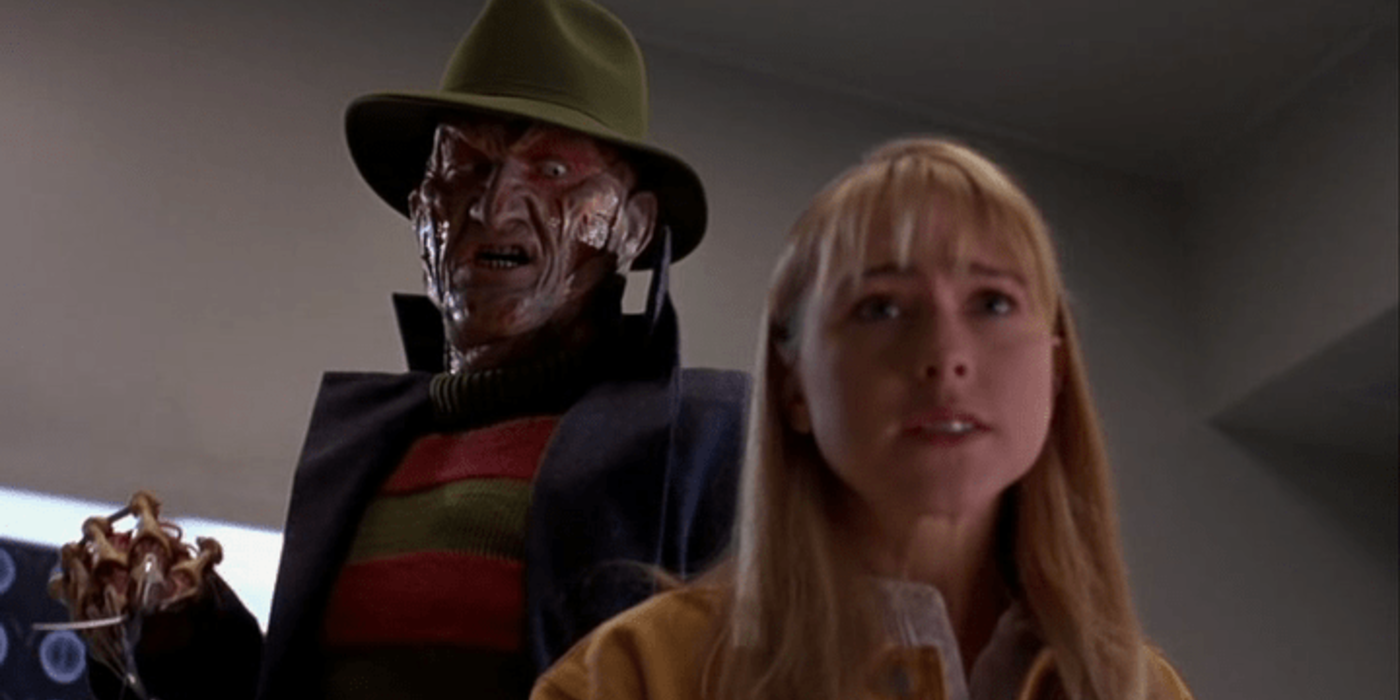
A Nightmare on Elm Street’s Freddy Krueger is one of the most famous horror villains to ever grace the genre, but New Nightmare’s aim is to course correct and bring Krueger back to his horrifying roots, rather than embrace the quipster that he’s become. This update to Freddy works both within the film’s universe, but also to the general public, as Robert Englund’s Freddy dons a new look with a trench coat and drops the zippy one-liners that began to define him as much as his iconic razor gloves. The behind the scenes moments of production seamlessly segue into very real dangers where the line between fantasy and reality is powerfully blurred. This theme has always been present in the Nightmare on Elm Street franchise, but this is the first time that it’s explored in terms of the artificial nature of cinema and the audience that consumes this horror.
Wes Craven’s New Nightmare even goes one step further and functions as a dissection of Wes Craven’s entire career. Heather Langenkamp’s son in the film, Dylan, is treated as Freddy’s main target. Freddy’s goal to infect Dylan is a pretty clear allegory for how horror films can warp children’s minds, especially when Dylan is shown frequently watching footage of the original A Nightmare on Elm Street. It’s also no coincidence that the film is called Wes Craven’s New Nightmare. This scenario is literally the director’s worst dream and exactly what he didn’t want to see happen to his movies. There are shades of this in Scream in regards to the footage of the “Stab” franchise that’s shown, almost as if it’s become the weakened parody that the Nightmare on Elm Street movies slowly devolved into.
It Blurs The Lines Between A Horror Film And Reality
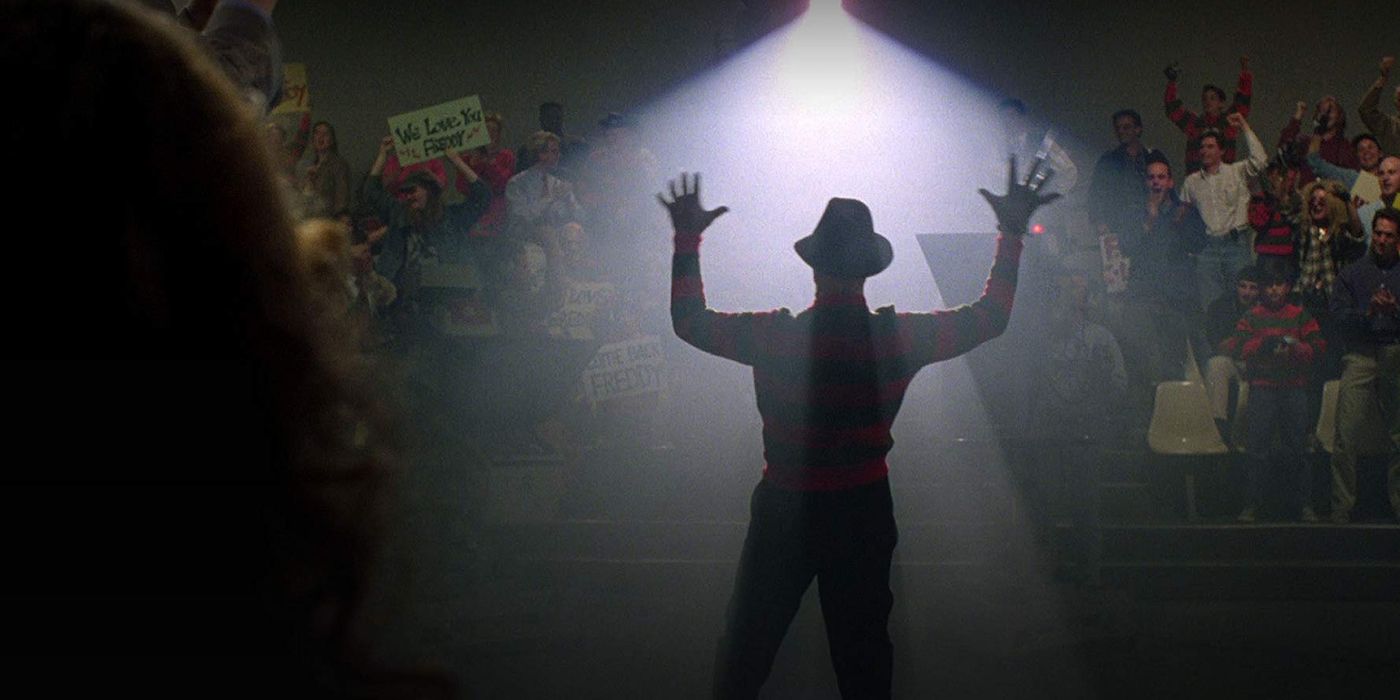
New Nightmare explores Langenkamp’s anguish, not just as a final girl, but also as a movie star. Craven’s desire to pull her back into a new Nightmare sequel is approached with the same animosity as Freddy Krueger trying to pull Nancy Thompson back into the dream world. New Nightmare also digs into Robert Englund and the duality of someone who’s become famous for playing a monster. The film juxtaposes lighter moments between Langenkamp and Englund doing press and talk show circuits with the utter fear that she exhibits towards Englund’s iconic alter ego. At a point, Langenkamp can’t tell the two apart any longer. As Langenkamp begins to develop actual fear towards Freddy, so does the audience. It’s easy to feel these moments echoed in the Scream sequels, like when an audience full of people wearing the Ghostface mask celebrate a new “Stab” movie and are unable to distinguish cinema violence from the real thing until it’s too late.
Another meta modern horror affectation that New Nightmare helped establish is how the film simply ignores the inferior sequels, revises its canon, and functions as a direct follow-up to the original movie. This has become a predominant approach with the growing trend towards “legacy sequels”, like with Halloween. If New Nightmare didn’t make the idea so acceptable, it’s possible that it wouldn’t be as prevalent today. While it’s extremely unlikely, there’s even the oft chance that Scream 5 could lean into this angle.
Its Meta Nature Exposes Craven’s Feelings On The Horror Genre

What’s so significant about these two films is that while Scream’s meta approach is playful and shows a clear love for the horror genre where Craven cut his teeth, New Nightmare, while still having fun with the parallels that it addresses, feels more like Craven venting out his frustrations over what his frightening franchise has become. It needs to take a meta direction in order to address the damage that’s been done, whereas Scream uses that framework to build a whole new universe. The influence from one to the other is undeniable. Scream came out only two years after New Nightmare, and while Craven wasn’t always attached to direct the movie, the success of his previous meta experiment made the unusual angle for the horror film seem more palatable.
Audiences had just accepted a meta horror movie, and Craven learned how to dig into that material while still keeping the film scary. This decision also helped reinvigorate the horror genre as a whole, which was practically dead at the time in the ‘90s. It then becomes somewhat ironic that the latest entries in the Scream franchise turned into slightly exaggerated parodies of the first two films. In a way, this progression of the Scream series even strengthen the points that Craven makes in New Nightmare. The meta attitude is essential to the Scream franchise, but with Scream 5 on the horizon, the sequel would benefit from taking more of its cues from the New Nightmare chapter.
